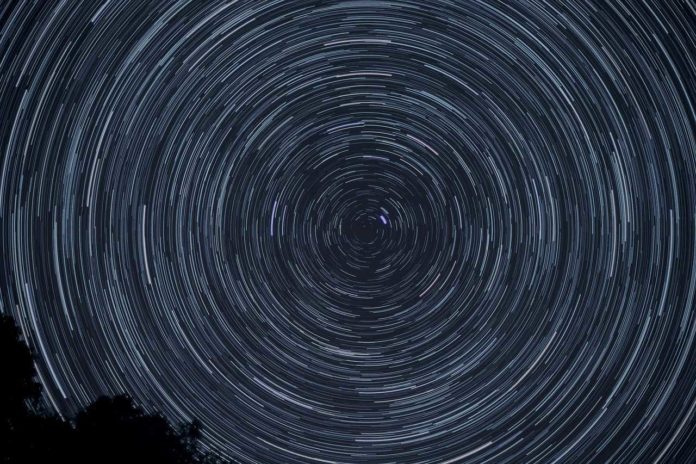In space-time crystal, atoms’ recurring structure exists not only in space but also in time. The smallest components are constantly in motion until, after a certain period, they arrange again into the original pattern.
The concept of space-time crystals (STC), i.e., translational symmetry breaking in time and space, was recently proposed and experimentally demonstrated for quantum systems. In a research project, a collaboration between scientists from the Max Planck Institute for Intelligent Systems in Stuttgart, Germany, the Adam Mickiewicz University, and the Polish Academy of Sciences in Poznań in Poland has successfully created a micrometer-sized space-time crystal consisting of magnons at room temperature.
What’s more, they also filmed the recurring periodic magnetization structure in a movie. This is the world’s first video of a space-time crystal.
Scientists captured the video using an ultra-precise X-ray microscope Maxymus. In the film, scientists were able to show that their space-time crystal that consists of magnons, can interact with other magnons that encounter it.
They have also shown that space-time crystals are much more robust and widespread than previously thought. Moreover, it has reached a size that could be used to do something with this magnonic space-time crystal. This may result in many potential applications.
Nick Träger, a doctoral student at Max Planck Institute for Intelligent Systems, said, “We took the regularly recurring pattern of magnons in space and time, sent more magnons in, and they eventually scattered. Thus, we were able to show that the time crystal can interact with other quasiparticles. No one has yet been able to show this directly in an experiment, let alone in a video.”
For the experiment, scientists placed a magnetic material strip on a microscopic antenna. They then sent a radio-frequency current through the antenna. This microwave field triggered an oscillating magnetic field, an energy source that stimulated the strip’s magnons.
Magnetic waves migrated into the strip from left and right, spontaneously condensing into a recurring pattern in space and time. Unlike trivial standing waves, this pattern was formed before the two converging waves could even meet and interfere. The pattern, which regularly disappears and reappears on its own, must therefore be a quantum effect.
Gisela Schütz, Director at Max Planck Institute for Intelligent Systems, who heads the Modern Magnetic Systems Department, points out the uniqueness of the X-ray camera: “Not only can it make the wavefronts visible with very high resolution, which is 20 times better than the best light microscope. It can even do so at up to 40 billion frames per second and with extremely high sensitivity to magnetic phenomena as well.”
Journal Reference:
- Nick Träger et al. Real-Space Observation of Magnon Interaction with Driven Space-Time Crystals. DOI: 10.1103/PhysRevLett.126.057201
